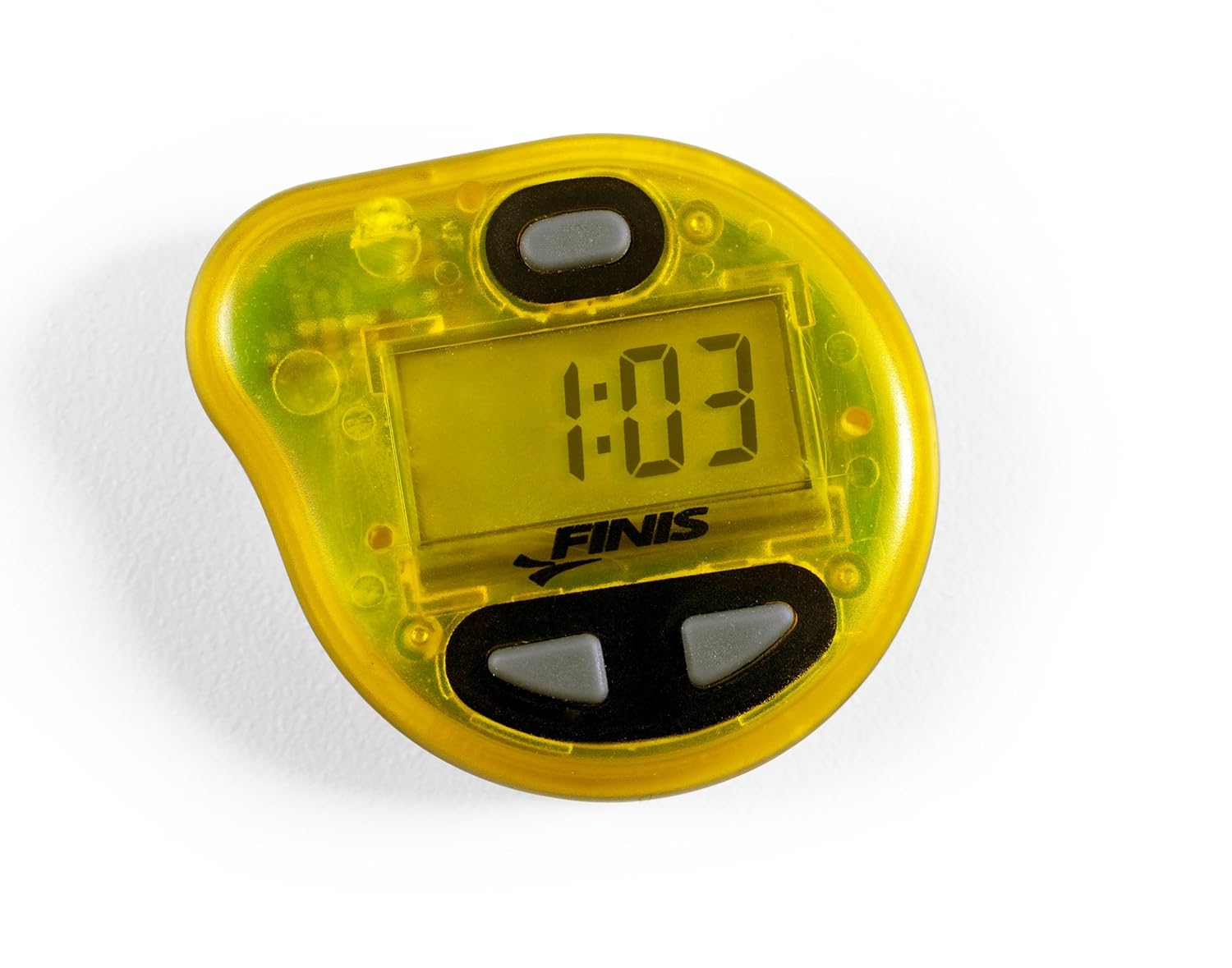A Brief Introduction to CSS Swim Training
CSS
stands for Critical Swim Speed - a really simple concept that could
improve your swim fitness, pace judgement and training motivation.
In this short blog Zone3 ambassador Phil Mosley explains what CSS is, how it can make you
fitter and how to test your CSS. He’ll also give you some sample CSS training
sessions to take home.
What Is CSS?
CSS is the pace at
which you’d currently swim a 1500 Time Trial (in yards or metres). There’s
nothing complicated to worry about - it’s simply an effective way to prepare for
race distances of 400 and above. Here’s
why:
The Benefits of CSS Training
- CSS is a pace that’s tough enough to develop your aerobic capacity but not so hard that it’ll take you days to recover. So you can improve your swim fitness and still have enough energy to go running or cycling (or swimming again?!)
- CSS is a race-specific training pace. It may not make you the fastest 50 or 100 swimmer, but it will train you to sustain a moderately high speed for longer distances.
- CSS training teaches you about pace awareness the hard way (which is usually the best way!) Go off too fast and you’ll pay the price later. Ouch!
- Thankfully you can test your current CSS pace without having to swim a solo 1500 Time Trial. See below for instructions.
- Once you know your CSS pace, you can use a Finis Tempo Trainer Pro to help you train. It’s a small beeping device that attaches to your goggles. Dial in your CSS pace and it’ll happily beep every lap so that you can maintain perfect pace.

How To Test Your CSS
To test your current
CSS pace you need to swim a 400 and 200 Time Trial within the same session (see
Test Workout below). Ideally, get a friend or coach to time you and record your
100 splits and strokes per minute. Failing that, simply record the 400 and 200
times yourself. Once you’re done, enter
your 400 and 200 times into this CSS CALCULATOR.
CSS Test Workout
Warm Up
- 300 easy freestyle - 200 fins as 50 choice drill, 50 freestyle -
4 x 50 freestyle (25 fast + 25 easy)
+10secs rests
- 4 x 100 freestyle
(+20secs rests) Do these 100’s at what you perceive to be the AVERAGE pace that
you can sustain for a 400 Time Trial.
Main Set
- 400 time trial
Take 5 to 8 minutes
easy swimming/stretching. Feel fully recovered, then:
- 200 time trial
Warm Down
100 easy choice of
stroke
CSS Sample Workouts
Once you’ve worked out
your CSS pace, the training possibilities are endless. You could start off by
trying these four simple workouts. You can shorten them if you’re not quite
ready for 2000 metres or yards yet. Don’t forget to include a warm up
(400-800m/y) and warm down (100-200m/y) too.
- 20x100 with 15secs recoveries. All at CSS
- 10x200 with 20secs recoveries. All at CSS
- 5x400 with 30secs recoveries. All at CSS
- 3x600 with 45secs recoveries. All at CSS
Conclusion
Including CSS sets
into your swim training can help improve your sustainable speed and enhance
your pace judgement. In addition to CSS training, it’s also important to strike
a balance between speed, threshold and endurance workouts in order to meet the
needs of your target races. Technique work and open water training are equally
important too!
Be sure to check out Zone3's great range of training products here
Be sure to check out Zone3's great range of training products here
Phil Mosley is Coaching Editor at Triathlon
Plus magazine and coach/owner of MyProCoach.net.
Twitter: @phil_mosley and @my_pro_coach

2 Comments:
Nice blog post!!! Very informative and appreciable . keep posting
Best sap institute in India ,SAP online training & sap training courses
SAP ABAP on HANA Online Training
sap hana online training
sap S/4 HANA training online
SAP UI5 Online Training in India
Learn SAP online
sap fiori training online
sap fico training online
Thanks
By Online Sap Trainers, At
21 May 2018 at 03:53
Online Sap Trainers, At
21 May 2018 at 03:53
This is so elegant and logical and clearly explained. Brilliantly goes through what could be a complex process and makes it obvious.
sap fico training
sap fico videos
By svrtechnologies, At
7 March 2020 at 01:49
svrtechnologies, At
7 March 2020 at 01:49
Post a Comment
Subscribe to Post Comments [Atom]
<< Home